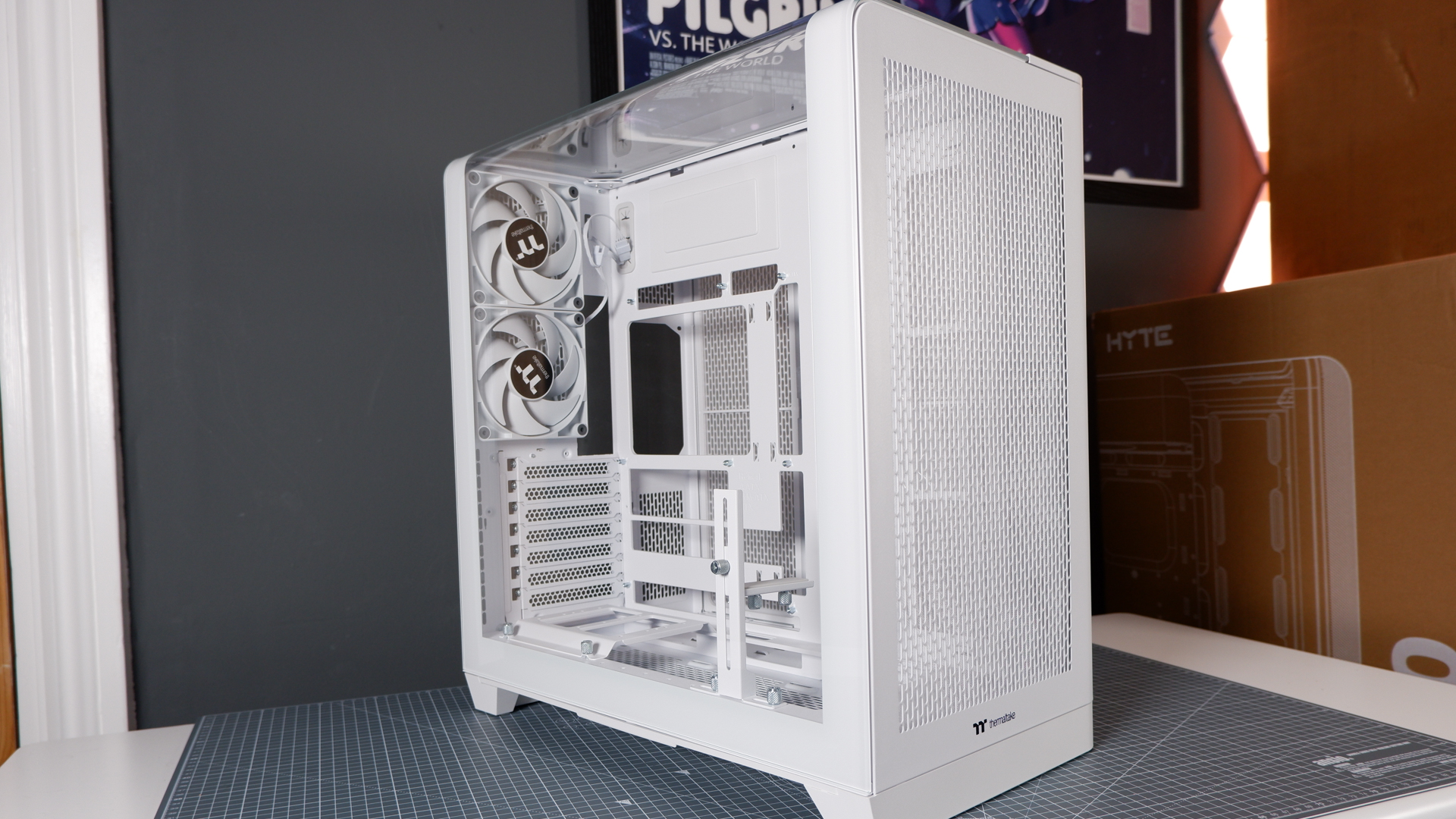
I often take the internet for granted. Over the years it's taken many forms but the underlying technology has mostly remained the same. However, even the very foundation of the internet as we know it was not always a given. To that end, I was recently told about the Protocol Wars of the 1970s, 80s, and 90s.
The Protocol Wars is mentioned in passing in Sir Tim Berners-Lee's new book This is for Everyone, and Sir Berners-Lee is often called the inventor of the World Wide Web, so I should probably take what he says seriously. Berners-Lee essentially married HTML (the visual webpage code we see every day) to the Transmission Control Protocol (TCP) and Domain Name System (DNS), which were already in operation.
The former of these two already-operative systems and protocols, TCP, is what was up for question prior to the late-80s/early-90s creation of the World Wide Web.
I knew TCP as a protocol existing alongside IP (Internet Protocol)—TCP/IP—with them together forming the group of protocols that underlie our internet today. These protocols are essentially sets of rules governing how systems communicate over networks and the internet, ie, explaining how data should be organised and transmitted. TCP deals with the virtual handshake between systems and data formatting (the host-to-host communications) and IP deals with delivering the packets of data (the inter-networking).
In networking, TCP/IP is often taught alongside the somewhat equivalent OSI model. Both can be conceptualised as different layers in a stack, with each layer performing a different function. The layers in each of the two stacks—one stack for TCP/IP, one for OSI—correspond to layers in the other, and while TCP/IP is what's used in practice, the OSI model is often used to help understand what's going on in network and internet transfers.

That's how it's usually taught in networking today: The OSI model is taught as another way of conceptualising what's going on in TCP/IP transfers.
So I was a little surprised to find that, actually, TCP/IP and OSI battled it out in the 70s and 80s, each vying to be the standard of choice for the internet. At least, that's the way my retrospective glasses gleam it, because no doubt at the time it wasn't seen as a march towards the internet as we know it today. That's hindsight.
Keep up to date with the most important stories and the best deals, as picked by the PC Gamer team.
Before TCP/IP and OSI battled it out, though, TCP/IP was battling other protocols. The Robert Kahn- and Vint Cerf-created protocol had its merits pitted against the protocol underlying the French Cyclades network in the 70s, for instance. This network helped pioneer packet switching (transferring data in packets) but didn't build reliability checking such as error handling into the network—TCP did. TCP/IP also fended off other protocols such as IBM's Systems Network Architecture and DEC's DECnet. Everyone had their different ways of doing things in the early days of the technology—pockets of the internet had emerged via local networks—and few wanted to lose sovereignty in the developing protocol war to connect everything together.
TCP had a lot going for it in such fights. Its biggest assets, as far as I can gather, were twofold: first, that it had a kind of try-first, fix-later approach that had it being used right away, and second, that it was formed by the (then) US Department of Defense (DoD), because of course it was. I suppose this is in part what people mean when they say the internet developed out of military application.

The DoD's Defense Advanced Research Projects Agency (DARPA) at the time was sans a 'defense' and was just called ARPA. ARPA worked on ARPANET, which became one of the first packet switched networks. A bunch of ARPANET project-connected bigwigs formed the International Network Working Group (INWG), which came up with TCP, and through learning from other protocols such as the one underlying Cyclades, over the course of the 70s this turned into the fully fledged TCP/IP protocol stack.
These protocols were, of course, used throughout the entire period, and many of the people working on it headed different institutions such as universities. Vint Cerf, for instance, was Chair of the INWG, and he was faculty at Stanford University. Stanford, in fact, helped test inter-network communications with ARPANET. Tim Berners-Lee notes in his book that he would've quite liked to have gone to Stanford in his early days, however, ceded that he didn't even realise it was an option in those early days, and admits he doesn't recall if he even had much of a concept of Silicon Valley at the time.
During the same rough period of time, the European International Organization for Standardization (ISO)—you might know it as the organisation that makes European keyboard layout standards—was developing the Open Systems Interconnection (OSI) model. This attempted to do similar to TCP/IP, and was backed by some telephone companies like the International Telegraph and Telephone Consultative Committee (CCITT).
Telephone company involvement couldn't quite match the benefits of DoD and academic involvement in the development of TCP/IP, though. TCP/IP was being implemented and tested as it was being developed, whereas OSI was being developed thoroughly and methodically before being implemented.

Ben Segal, one of the people that introduced TCP/IP at CERN, also where Tim Berners-Lee was working, says of OSI: "ISO's style of standards development was top-down, driven by the committees of experts meeting physically from time to time. ISO standards were printed - for sale - and were expensive. Internet standards were developed bottom-up and free on-line."
"TCP/IP was cheap and simple, but in fact disruptive."
TCP/IP became an open standard, and by the time its first fully fledged and usable standard came out in the form of IPv4 in 1981, to be properly adopted in 1983, OSI didn't have anywhere near the ubiquity of TCP/IP. The latter had been used out in the wild by various institutions around the world (institutions in Britain and other European countries had connected to ARPANET by then). CERN accepted ISO/OSI was out by 1988.
And so, the war was won, and TCP/IP became the standard underlying the internet communications we use today. All that was left was for it to get hooked up to HTTP for all our flashy visual webpages. Berners-Lee went on to create the first website while at CERN in 1990. The website told readers how to use the World Wide Web and set-up their own websites.
Oh, and then TCP/IP decided to yoink a layer from OSI and mix-mash it into its own stack. That's why the fifth layer in TCP/IP is often called layer seven: because it is the seventh layer in the OSI model, the latter of which is still used to help theoretically understand TCP/IP.

Best gaming PC 2025
All our current recommendations






Jacob got his hands on a gaming PC for the first time when he was about 12 years old. He swiftly realised the local PC repair store had ripped him off with his build and vowed never to let another soul build his rig again. With this vow, Jacob the hardware junkie was born. Since then, Jacob's led a double-life as part-hardware geek, part-philosophy nerd, first working as a Hardware Writer for PCGamesN in 2020, then working towards a PhD in Philosophy for a few years while freelancing on the side for sites such as TechRadar, Pocket-lint, and yours truly, PC Gamer. Eventually, he gave up the ruthless mercenary life to join the world's #1 PC Gaming site full-time. It's definitely not an ego thing, he assures us.
You must confirm your public display name before commenting
Please logout and then login again, you will then be prompted to enter your display name.


